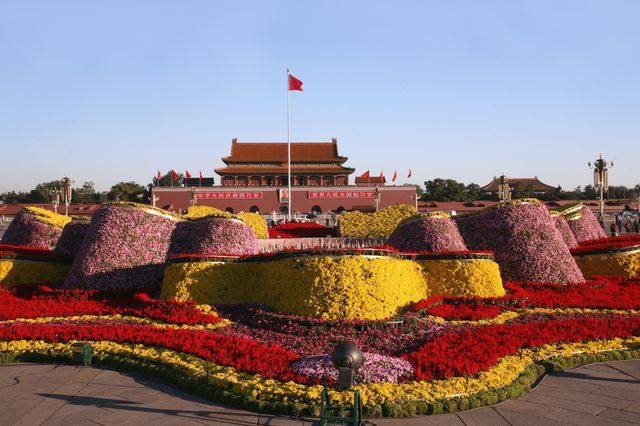Bulbs
Flower Basics
Flower Beds & Specialty Gardens
Flower Garden
Garden Furniture
Garden Gnomes
Garden Seeds
Garden Sheds
Garden Statues
Garden Tools & Supplies
Gardening Basics
Green & Organic
Groundcovers & Vines
Growing Annuals
Growing Basil
Growing Beans
Growing Berries
Growing Blueberries
Growing Cactus
Growing Corn
Growing Cotton
Growing Edibles
Growing Flowers
Growing Garlic
Growing Grapes
Growing Grass
Growing Herbs
Growing Jasmine
Growing Mint
Growing Mushrooms
Orchids
Growing Peanuts
Growing Perennials
Growing Plants
Growing Rosemary
Growing Roses
Growing Strawberries
Growing Sunflowers
Growing Thyme
Growing Tomatoes
Growing Tulips
Growing Vegetables
Herb Basics
Herb Garden
Indoor Growing
Landscaping Basics
Landscaping Patios
Landscaping Plants
Landscaping Shrubs
Landscaping Trees
Landscaping Walks & Pathways
Lawn Basics
Lawn Maintenance
Lawn Mowers
Lawn Ornaments
Lawn Planting
Lawn Tools
Outdoor Growing
Overall Landscape Planning
Pests, Weeds & Problems
Plant Basics
Rock Garden
Rose Garden
Shrubs
Soil
Specialty Gardens
Trees
Vegetable Garden
Yard Maintenance
The Best Ground Cover for All Soil Types
Soil type can affect your choice of ground cover. Learn how to choose the best ground cover for your soil type.

Ground-cover plants are generally short and spread to fill an area, often reducing the amount of maintenance required in the site. As with other plants, ground covers often do best in specific soil types. Choose ground covers for your yard with consideration as to whether they grow best in sandy soil, loamy soil or clay soil.
Sandy Soil
Sandy soil typically lacks nutrients, making it tough for plants to find enough nourishment to survive. It also drains rapidly, drying out quickly. Ground cover planted in sandy soil needs to be able to tolerate those conditions.
Common Bearberry
A woody evergreen that grows well in rocky or sandy soil, the 'Massachusetts' variety of the common bearberry _(Arctostaphylos uva-ursi 'Massachusetts')_ doesnít get over 12 inches in height, but it spreads as much as 6 feet. Over time, the plant creates a thick mat of tiny, glossy leaves that turn from green to purplish when winter arrives. It puts out small, bell-shaped, pink leaves in spring. In some climates, it produces bright-red berries that persist through winter. It is hardy in U.S. Department of Agriculture plant hardiness zones 2 through 6.
Barren Strawberry
The barren strawberry (Waldsteinia fragarioides) is a low-growing ground cover that is very tolerant of sandy, dry soils. It reaches less than a foot tall and sprouts stalks with small yellow flowers each spring. Its fruits resemble strawberries but are inedible. (REF 3) This plant is hardy in USDA zones 4 through 7.
Moss Rose
The moss rose (Portulaca grandiflora) is an annual ground cover that grows up to 3/4 of a foot tall. It has blooms from June until frost hits. Flowers may be yellow, rose, red, white or orange. Moss rose is very tolerant of poor conditions and dry soil.
Loamy Soil
Loamy soil holds nutrients well and generally provides a rich environment. It drains well. So plants donít get soggy, but it doesnít drain as fast as sandy soil so doesnít dry out as quickly. Many types of ground covers thrive in loamy soil.
Bugleweed
'Burgandy Glow' Bugleweed (Ajuga reptans 'Burgundy Glow') grows no more than 2 to 3 inches tall with different colors of foliage depending on its variety. This plant prefers well-drained soil that is rich and loamy. It puts out tiny, blue flowers early in spring. It is generally hardy in USDA zones 4 through 10, though some varieties may differ slightly from that.
Coralbells
Coralbells (Heuchera sanguinea) need well-drained, loamy soil that is rich in organic matter. This ground-cover plant blooms almost all summer, putting forth 1-foot-tall stalks that have clusters of colorful flowers. It requires irrigation during dry periods. The plant tends to grow in clumps, and the bell-shaped flowers stand above the leaves. (REF 2) It is hardy in USDA zones 3 through 9.
Creeping Zinnia
The creeping zinnia (Sanvitalia procumbens) is an annual that produces an abundance of bright yellow flowers from June until the first frost. This plant typically grows from 1/4 to 1/2 foot in height and requires very little maintenance. It does best in average soil and full sun.
Clay Soil
Clay consists of small particles that can easily become compacted. It doesnít drain well. This means that it is often soggy, plus air cannot readily reach plants' root zones in clay soil, causing many plants to die. Ground cover planted in clay soil must be able to withstand the frequently damp environment.
Creeping Sage
Creeping sage (Salvia sonomensis) is very tolerant of clay soil but may die if exposed to the sun on hot days for any length of time. It is hardy in USDA zones 7 through 10. Creeping sage spreads across the ground and can end up growing up to 10 feet across. It The leaves of the plant get no more than about 1 inch above ground, but the blue-violet flowers that arrive in late spring and early summer stand up to 6 inches tall.
Shrubby Cinquefoil
The shrubby cinquefoil (Potentilla fruticosa), also known as bush cinquefoil, is very tolerant of many kinds of soils and can grow in compacted clay, wet and other soils. It can reach up to 4 feet in height and produces small yellow, white or pink flowers each spring. Pruning is needed over time to remove dead branches and preserve the plantís appearance. (REF 3) It is hardy in USDA zones 3 through 7.